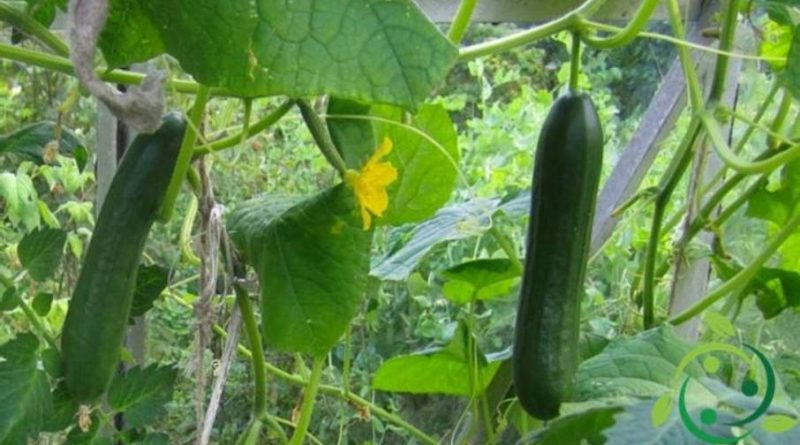How to grow cucumber in a biological way
How to grow cucumber in a biological way
Cultivation of cucumber (Cucumis sativus L.) especially in family gardens can provide us with good harvests of this product to be consumed fresh or, for some varieties, to process it as a pickle. It is a fairly simple plant to grow, which still requires frequent irrigation and careful cultivation. In fact it is a plant that needs warm climates and fears particularly cold and frost. The most suitable soils are those with a tendency to acid, well drained, with good sun exposure well balanced especially in nitrogen and potassium. Their deficiencies manifest themselves with terminal deformations (enlargement if potassium is missing and diameter tapering if nitrogen is missing). It is therefore excellent to fertilize with well-mature manure mixed possibly with vegetable ash (from organic crops).
The optimal period for sowing is towards the end of April, which can be done a few days in advance in seedbeds and transplant when the plant has released the first two true leaves. Sowing can take place in the open field until June. Sowing should be done by placing the seed at 2 cm depth. You can sow in rows about 100 cm apart and with a distance between plants of 50 cm. If you make the consociation (very recommended) with garlic, cabbage, onion, string bean, fennel, lettuce, celery or zucchini, you can make twin rows with distance of 40-50 cm between the two associated plants, 50 cm in the row and 100 cm between the twin rows. The combination of better organoleptic qualities and greater phytosanitary guarantees especially if the subsidiaries are garlic or onion. As far as crop rotation is concerned, the cucumber must never follow another cucuribitacea and should not be grown on the same soil until after 3-4 years.
For better pollination and production it is good to grow cucumbers with guardians to bind them to grow vertically (up to 100-150 cm), which facilitates harvesting and decreases the need for weeding even if in this sense it is always good to make a vegetable mulch (straw or leaves) which give the best chemical-physical and biological conditions to the soil. In the plant, watch the variety carefully. In fact some are partenocarpic (that is, self-fertilizing) and others with feminine flowers to which we must associate plants to pollinate. For a greater allegation of flowers it is advisable to plant near the vegetable garden plants that have the same flowering period; this expedient, attracting bees and pollinators in general, greatly increases production. It is also advisable to trim the plant on the fifth leaf to stimulate the plant to go into fruit earlier.
As far as irrigation supplies are concerned, frequent irrigation is recommended (obviously avoiding stagnation) and, in any case, if you have adopted mulching, you will be able to reduce water use and keep the soil moist. The collection is scalar, must be done before it becomes yellowish and then, to encourage new production, must be operated continuously.
Among the worst parasites of this plant we recall the aphids that can be limited by spraying solutions based on Marseille soap.

